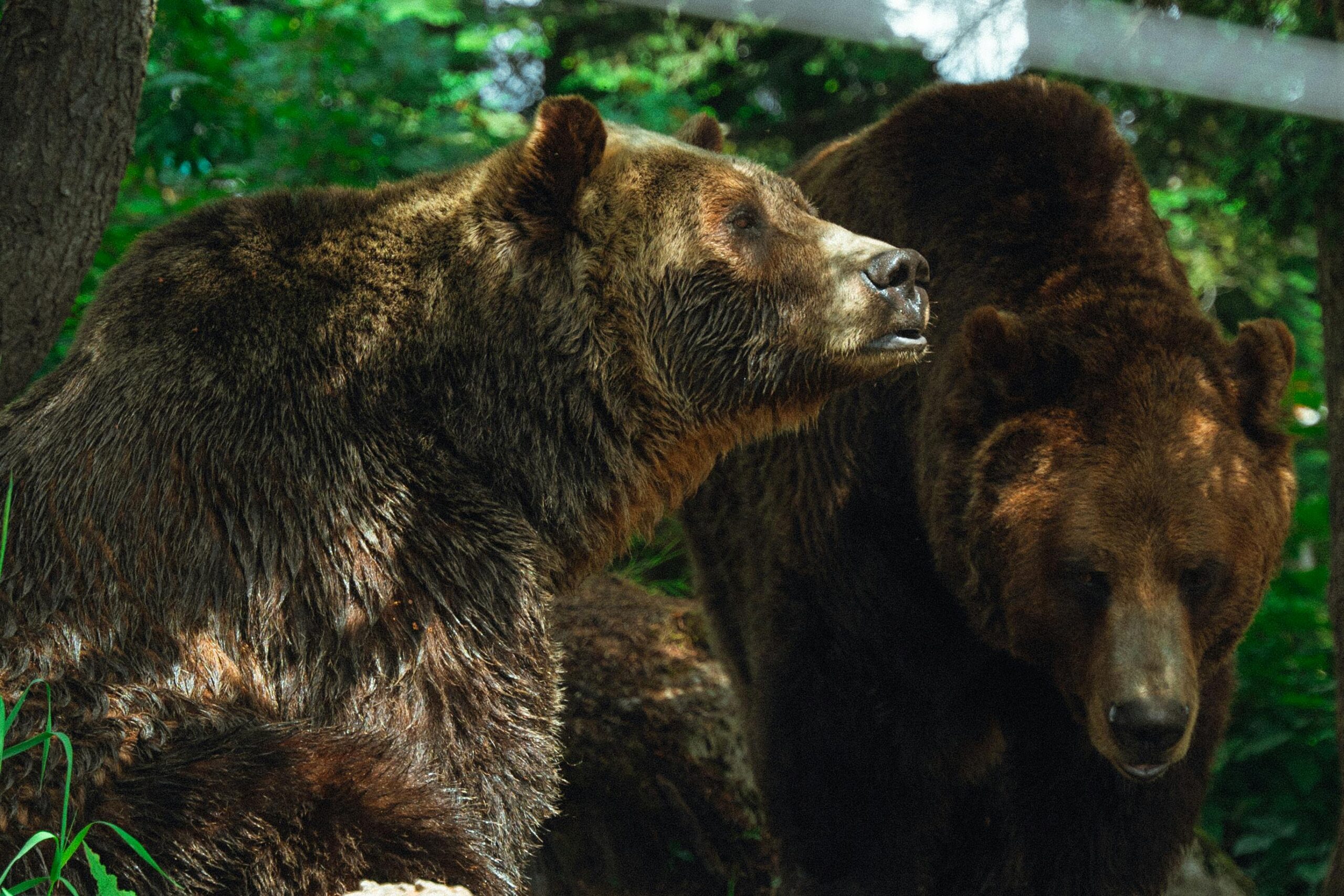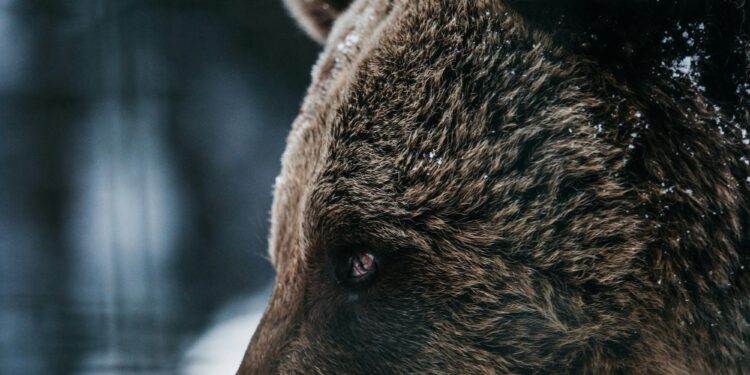The Slovak government has approved the controlled hunting of 350 brown bears (Ursus arctos) this year in response to escalating human-wildlife conflicts. Prime Minister Robert Fico announced the decision during a live Facebook briefing, citing last week’s fatal attack on a 59-year-old hiker near Detva as the final catalyst.
“We cannot tolerate a situation where Slovaks fear entering our forests,” Fico stated, emphasizing public safety concerns. The Environment Ministry will implement Romania’s successful quota model, which recently doubled permitted bear culls to manage populations.

Slovakia’s Growing Bear Population Sparks Conservation Debate
With an estimated 1,000-3,000 brown bears roaming Slovakia’s mountainous regions, the population has reached record levels according to wildlife experts. Last year saw 144 bears legally hunted – a dramatic increase from single-digit culls in previous years – alongside 13 documented attacks on humans.
Environment Minister Jozef Ráž confirmed the new quota represents approximately 15-35% of Slovakia’s total brown bear population, depending on which scientific estimate proves accurate. Conservation groups immediately condemned the measure, while forestry and tourism associations voiced support.
How the Detva Attack Changed Policy
The government’s decision is coming after the tragic death of a Slovak citizen in the Low Tatras mountains, making it the first fatal bear attack in decades. Forensic analysis revealed the victim sustained catastrophic injuries while hiking near his hometown.
This incident capped a troubling trend: security camera footage from mountain villages increasingly shows bears scavenging in residential areas, with several near-misses involving children reported last autumn. Wildlife biologists attribute this behavior to habitat fragmentation and irresponsible tourist feeding practices altering bear foraging patterns.
Romania’s Model and the Science Behind Bear Management
Slovak authorities will adopt modified versions of Romania’s bear management framework, which successfully balanced conservation with public safety through regulated culling. The Environment Ministry’s 50-page action plan includes: increased funding for electric fencing around mountain communities, mandatory bear-proof waste containers in national parks, and public education campaigns about coexistence strategies.
Hunting associations must now complete specialized training in ethical culling practices, with quotas distributed regionally based on attack frequency and population density data from the Slovak Wildlife Service.
International Conservation Groups Voice Opposition
The World Wildlife Fund (WWF) and European Nature Protection Network have petitioned the EU to intervene, arguing the cull violates the Bern Convention on protected species. “Slaughtering 350 apex predators will destabilize entire ecosystems,” cautioned WWF Central Europe director Katarína Juríková.
Conversely, the International Forestry Association supports Slovakia’s decision, noting a 400% increase in bear-related property damage claims since 2015. The debate has reached the European Parliament, where Slovak MEPs will debate exceptions to EU habitat directives next month.
Tourism Industry Braces for Impact
Slovakia’s mountain resorts face uncertainty as international hiking groups threaten boycotts over the cull. The High Tatras National Park – home to 30% of Slovakia’s bears – has already reported cancellations from German and Austrian eco-tourists.
Conversely, local guides express relief: “Last summer we had to reroute 17 excursions due to bear activity,” Jakub Dvorak of Mountain Safety Slovakia revealed.
As of now, the government has promised to enhance ranger patrols and emergency alert systems to reassure visitors, while adventure companies now require bear spray for all backcountry trips.

















